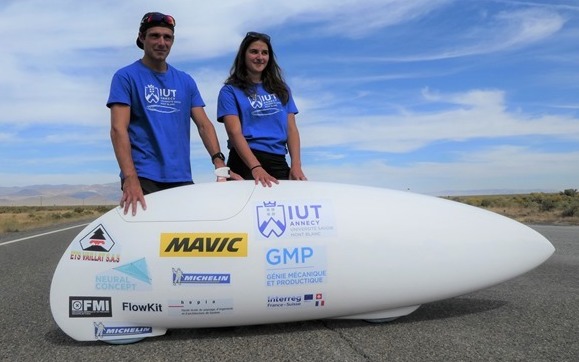Many practical continuous minimization problems, such as aerodynamic optimization, are not amenable to gradient-based optimization methods because derivatives cannot be computed directly. We recently showed that it is possible to train a Neural Network regressor as a proxy to the numerical simulator and optimize the proxy function via Gradient-Descent. [ICML 2018 Paper].

For example, we have used this technique to design the shape of the aeroshell of the reclining bicycle shown above, which has gone on to beat to world records in 2019.
A current limitation of this approach is that it requires a fairly large training database of 3D shapes and corresponding simulation. To provide an element of self-supervision, we want to constrain our networks to yield physically plausible solutions even when taking as input previously unseen 3D shapes for which no simulation data exists. For example, in the aerodynamic domain, mass and momentum should be preserved.
The student will implement and test the corresponding loss functions on top of a large state-of-the-art code base, which includes a Deep-Learning library for 3D shapes in the TensorFlow framework. The work will be done in collaboration with the EPFL startup Neural Concept and could be continued in the context of a PhD thesis in collaboration with SupAero in Toulouse, France.
Key Domains
-
3D Deep-Learning
-
Generative Models
-
Meshes
Prerequisites
-
Proficiency in Python.
-
Knowledge of machine learning, deep-learning.
-
Basic knowledge in Computational Fluid Dynamics would be a plus.
Contact
Please send an email to [email protected] and [email protected]